There are few things in your kitchen more convenient than your ice maker. Having access to a plentiful amount of ice readily available helps make so many things more manageable. But making ice does take time, especially with a freshly installed ice maker. Just how long are you likely to have to wait for your ice machine to fill up? Will the first time take substantially longer? We have looked into this query for you.
Under ideal variables, including temperature and water supply, the average ice maker will make 8-10 cubes per cycle. This cycle generally repeats every 90-180 minutes until the tray is full. The average ice maker tray can hold anywhere from 4 to 11 pounds of ice. The ice maker can take around 24 hours to get cold enough to begin when newly installed.
There are many factors and pieces that go into installing and running an ice maker machine for the first time. Continue reading as we go into concerns you might run into, variables that play into the run time of your maker, and more.

The Ice Maker Cycle
The best way to understand why your ice maker takes time to run is to get a handle on what its ice-making cycle is. As lovely as it would be, ice doesn't pop into existence fully formed. The ice maker needs to fill the cube trays with water, freeze that water at the correct temperature, and then dump the cubes into the tray.
All these steps take various amounts of time. With the final stage being depositing ice into your glass, these steps form the ice maker cycle, and it's this repeated process that gives us our ice.
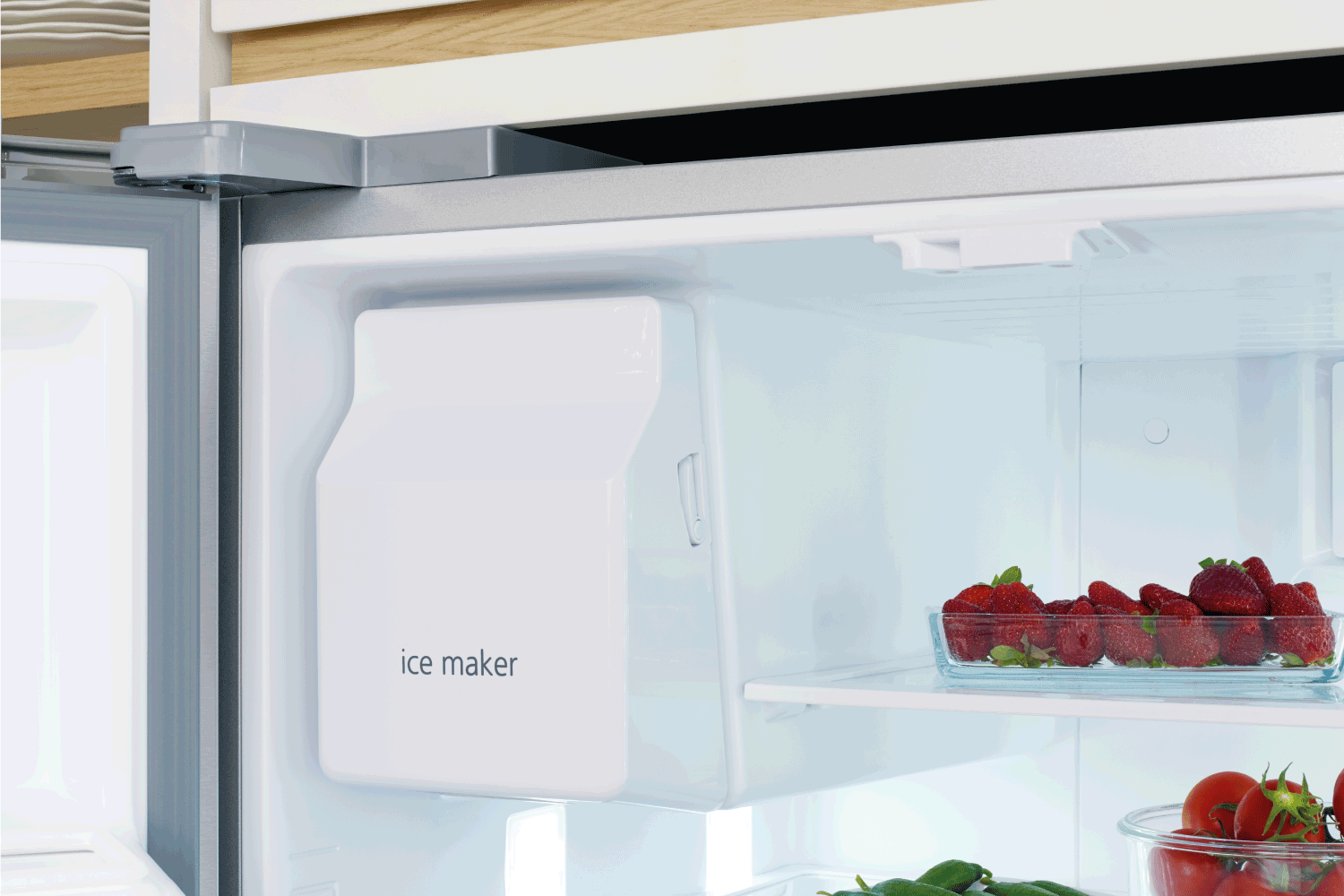
Many variables go into just how much ice this cycle makes over 24 hours. The size of the ice cubes can vary depending on the tray, and the temperature in the freezer may be slightly different than on average. Generally speaking, your ice maker should be producing around 13o ice cubes per 24-hour cycle.
The average ice maker can hold 4 to 11 pounds of ice and produce 3 to 7 pounds. If the ice gets removed continuously during this process, the cycle will continue. If the ice does not get removed, the cycle will stop until space is freed up.
How long does it take for an ice maker to fill with water?
Now that we know how the cycle works, the question becomes how long it should take to complete? With an established ice maker running well, it will take about 90 minutes to complete a cycle. The completed cycle will produce 8 to 10 cubes on average. If this sounds long to you, remember that the ice needs to freeze entirely during this process.
A brand new ice maker is going to take longer to get its first batch of ice out. The appliance will need to reach the proper temperature to begin the cycle and freeze the ice. It will take upwards of 24 hours for your newly installed ice maker to get to the right temperature for the ice cycle to begin. Then the 90-minute ice cycle can start, and your ice maker will run as expected.
Keep in mind; these numbers are subject to change due to numerous variables. Tray sizes can vary from small and compact cubes to larger ones that take longer to freeze and require more space in your trays. Keep these numbers in mind as rough estimates, but don't be worried if they vary slightly one way or another.
Read now on KitchenSeer.com: '3 types of ice makers and machines'
Why is my ice maker taking so long to make ice?
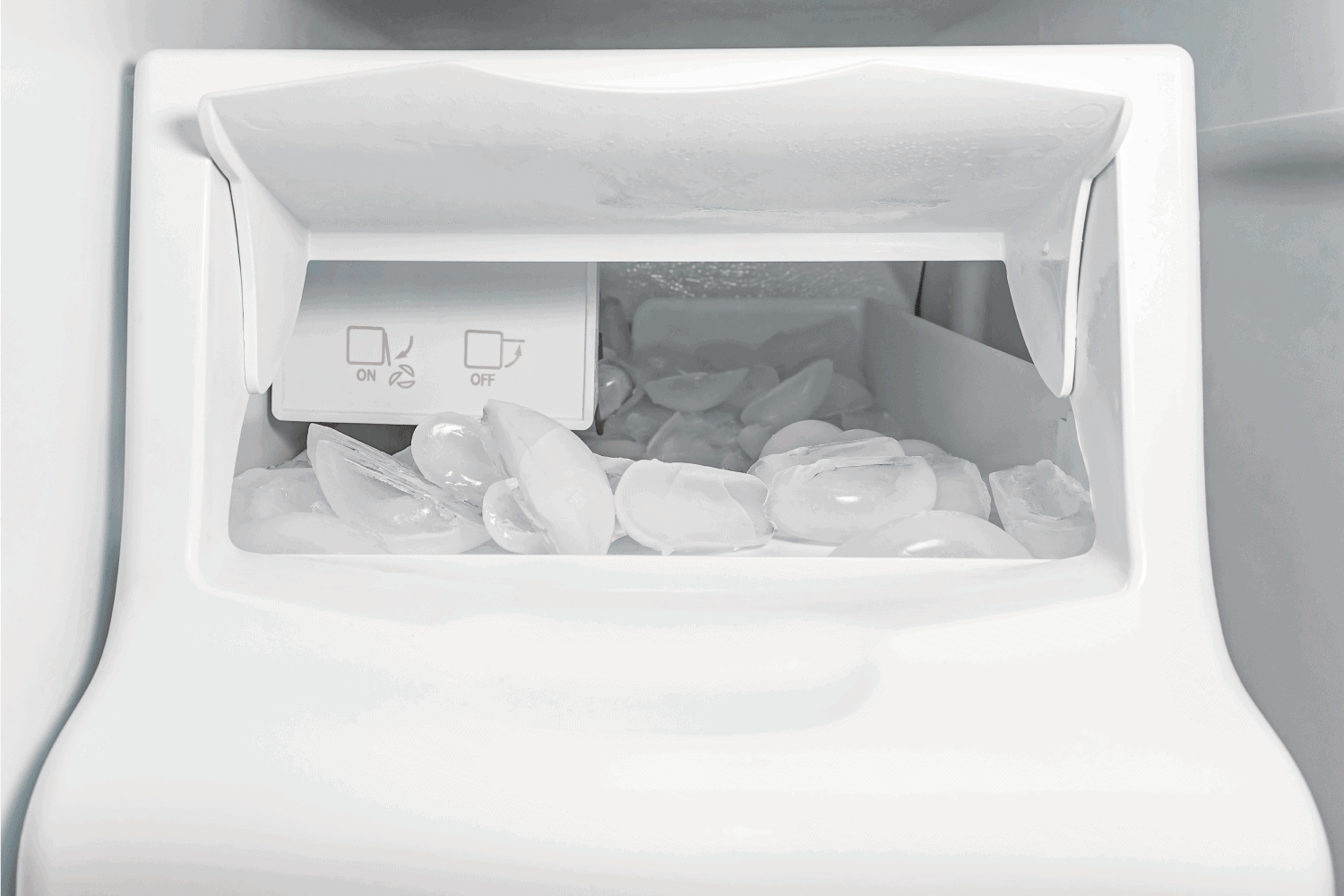
There are several ways in which an ice maker can suffer setbacks. The appliance itself is a relatively sensitive piece of machinery, and it doesn't take much for it to get out of whack. We will go over a few things that might be causing trouble for your ice maker down below.
Make sure no items are too close to the ice maker itself to block the sweep arm and cause the ice maker to shut off. You might need to check your water line for any problems with pressure or blockage as well, as the problem might not be with your ice maker at all. If water fails to make it to the maker, it will fail to make ice quickly or at all.
Check the seal to your freezer door for any dirt or grime. If need be, clean out the freezer door casket to help maintain the integrity of your freezer door. Cold air will seep out of your freezer if the seal is compromised. If more lasting damage has been sustained, you might want to look into repair work.
There are many parts to your refrigerator and water line that need to be doing their job well to make ice continuously and smoothly, so take any signs of trouble seriously.
How do I get my ice maker to make ice faster?
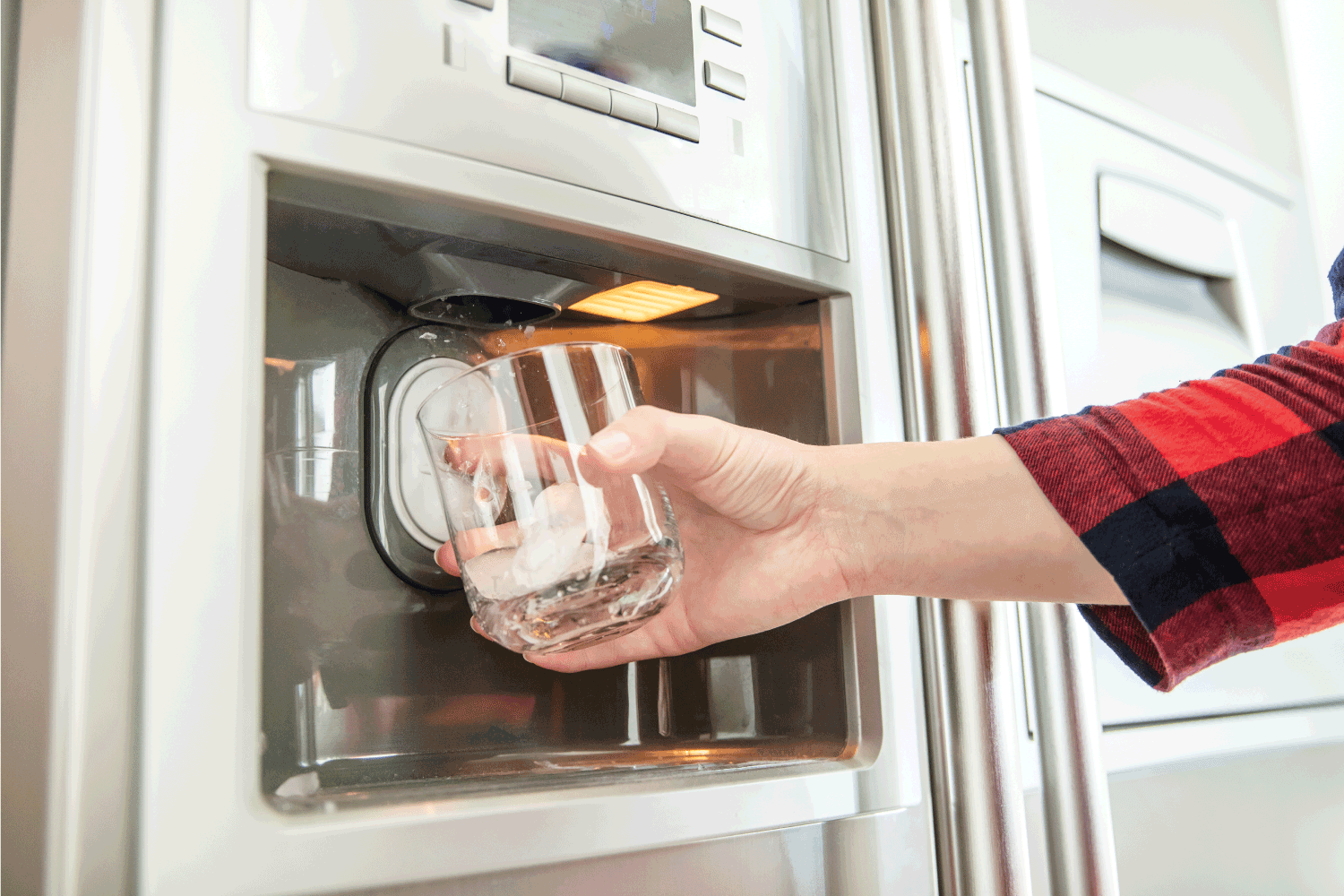
If you're only using your ice maker to fill up a couple of glasses with ice during the day, this run of cycles will be enough to get you through. But sometimes we need large quantities of ice for parties, or drinks with friends.
You could always purchase more ice in a pinch, but that feels somewhat defeating of the purpose of having an ice machine in the first place. Are there any ways to speed up the process of making ice, you might wonder?
Well, unfortunately, we can't skip any steps in the process. The water will need to freeze entirely before making quality ice. But there are ways to make sure both your refrigerator and ice maker operate at peak levels and make ice as best they can.
Lower the temperature
Reducing the temperature in the freezer by a few degrees will kickstart the cycling process. The water will freeze quicker, leading to it dropping out of the tray faster. This will start the cycle all over again and fill up your ice maker all the faster. Don't drop it more than 3-5 degrees. It won't be of any use at that point. Keep in mind the health of any frozen foods or other items in your freezer as well.
Open the freezer door less.
We all know frequently opening and closing the freezer or fridge isn't great for the environment. It's also not going to do your ice maker and overall electric bill any favors either. Try to cut down on any excessive browsing or opening of your freezer if you notice any. It's good practice all around.
Clean out the freezer
Take the time to clean out your freezer of any excess food or items that may be causing clutter. If your freezer is too overstocked, the cold air won't circulate inside it properly. The resulting stagnating air will cause the internal temperature of your freezer to increase.
This problem can, however, also happen in reverse should your freezer be too empty. For best results, keep your freezer around 3/4ths of the way full if possible.
Change out your water filter
A clogged-up water filter is likely to cause trouble for water trying to make its way to your ice maker. By restricting the water flow, issues with your filter will increase the time necessary to make the same amount of ice. Replace your water filter every six months and conduct regular visual inspections to help out your ice production.
Read now on KitchenSeer.com: 'How big is an ice maker machine?'
How do I force my ice maker to cycle?
If you're having persistent trouble with your ice maker, forcing it to run through a cycle is one way to reset it. You may also want to run a forced cycle if your ice maker hasn't been used in a long time.
Firstly open the bin and remove the ice maker. Empty the ice maker and replace it by sliding it back into position against the back of the freezer. If it's not already activated, press the toggle on the ice maker to the 'on' position. At this point, get a flat blade screwdriver and pop off the front. Rotate the gear located on the front of the ice maker clockwise until you hear a click. Replace the cover and screw it securely back in place.
Push the rectangular wire arm located on the side of the ice maker down. This sensor arm alerts the ice maker to shut off production when the storage unit is full. The ice maker will not make ice when it is in an upward position. At this point, you should be ready to begin again.
In Closing
For all its convenience, your ice-making machine is a complex machine that requires a lot of it to do its job. Keep an eye on it and understand that time and effort are needed to supply you with the ice that makes your life more comfortable and enjoyable. We hope this article helped you stay informed on how to keep your ice maker doing its best.

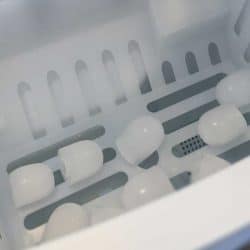
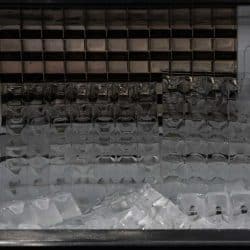

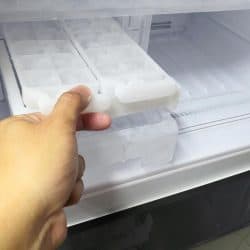
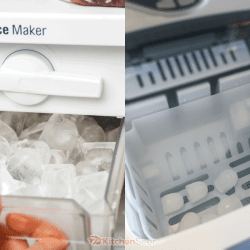
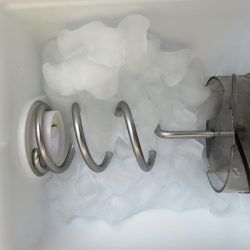
Great article